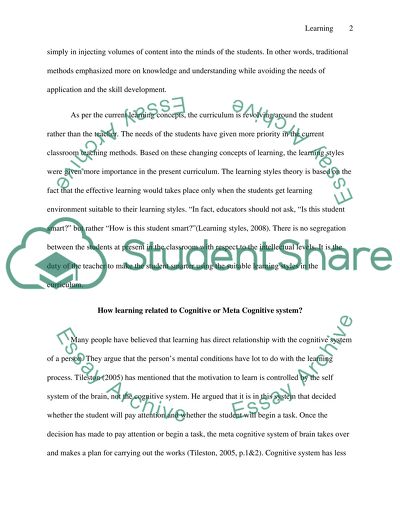Cite this document
(“The Effect of Learing Styles With Young Learners Research Paper”, n.d.)
The Effect of Learing Styles With Young Learners Research Paper. Retrieved from https://studentshare.org/education/1560513-the-effect-of-learing-styles-with-young-learners
The Effect of Learing Styles With Young Learners Research Paper. Retrieved from https://studentshare.org/education/1560513-the-effect-of-learing-styles-with-young-learners
(The Effect of Learing Styles With Young Learners Research Paper)
The Effect of Learing Styles With Young Learners Research Paper. https://studentshare.org/education/1560513-the-effect-of-learing-styles-with-young-learners.
The Effect of Learing Styles With Young Learners Research Paper. https://studentshare.org/education/1560513-the-effect-of-learing-styles-with-young-learners.
“The Effect of Learing Styles With Young Learners Research Paper”, n.d. https://studentshare.org/education/1560513-the-effect-of-learing-styles-with-young-learners.


